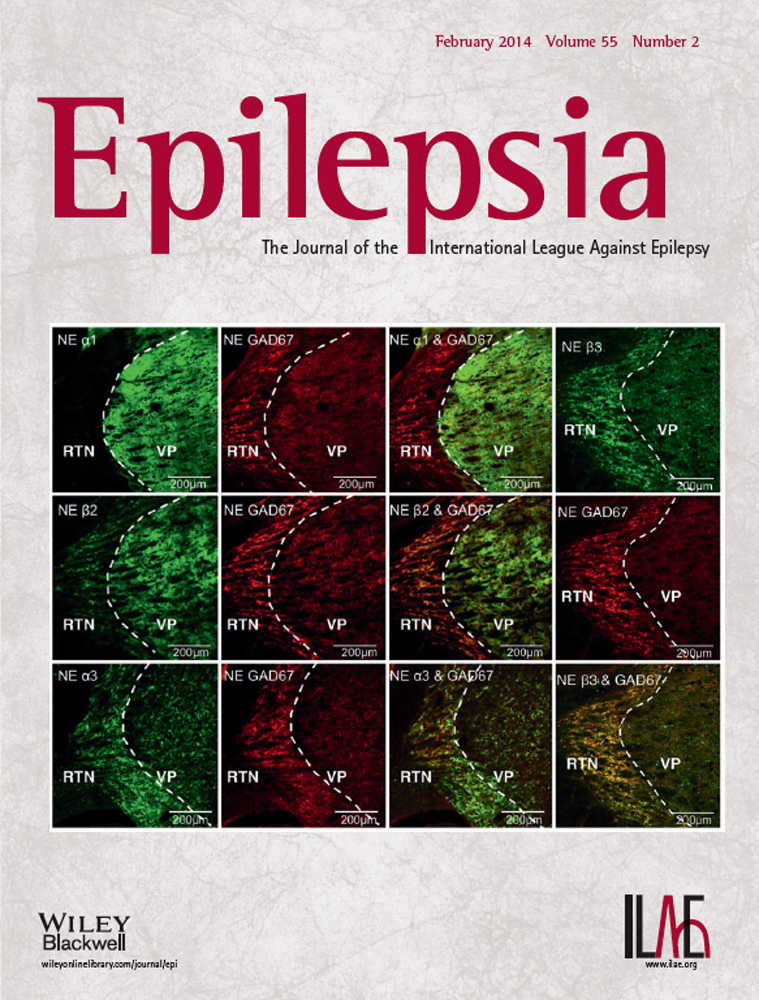Clinical predictors of the long-term social outcome and quality of life in juvenile myoclonic epilepsy: 20–65 years of follow-up
Summary
Objective
The long-term social outcome in patients with juvenile myoclonic epilepsy (JME) is still controversial. The aim of this study was both to investigate the long-term social outcome in relation to clinical variables and to identify epilepsy-related factors that affect the quality of life (QoL) in JME patients with a follow-up of at least 20 years.
Methods
A retrospective selection of 33 of 90 patients (21 female) from a tertiary epilepsy center diagnosed with JME and followed for ≥20 years (mean 37.8 years) was studied. All patients were evaluated with a thorough review of their medical records, and a subsequent face-to-face or telephone interview. QOLIE-31-P questionnaire (QoL In Epilepsy) and Beck Depression Inventory-II were used to assess the QoL and the presence and severity of depressive symptoms, respectively.
Results
Of 33 patients, 18 (54.5%) became seizure-free; in 4 of the patients (22.2%), antiepileptic drug (AED) treatment was discontinued. Early and long-term seizure freedom improves both social adjustment (p = 0.02) and occupational integration (p = 0.02) and associates with a better QoL (odds ratio [OR] 2.25). A high seizure burden highly affects both aspects of personal life—family and work; notably the occurrence of frequent and/or late onset generalized tonic–clonic seizures increases the risk of concomitant diseases (p = 0.05) and lifelong AED treatment (p = 0.03), decreases the patient's employability (p = 0.02), increases the rate of employment disability pension (p = 0.05), and considerably increases public/social spending. Seizure freedom significantly increases the QoL (p = 0.001), whereas more severe courses of epilepsy (OR 3.2), AED side effects (p = 0.04), depression (p = 0.02), and sleep disturbances (OR 2.7) considerably decrease the patient's QoL.
Significance
Although patients with JME are a heterogeneous group, several predictors for the long-term social, family, educational, and occupational outcome have been identified in our study and should be considered in the effort to both improve the patient′s QoL as well as preserve economic resources.




